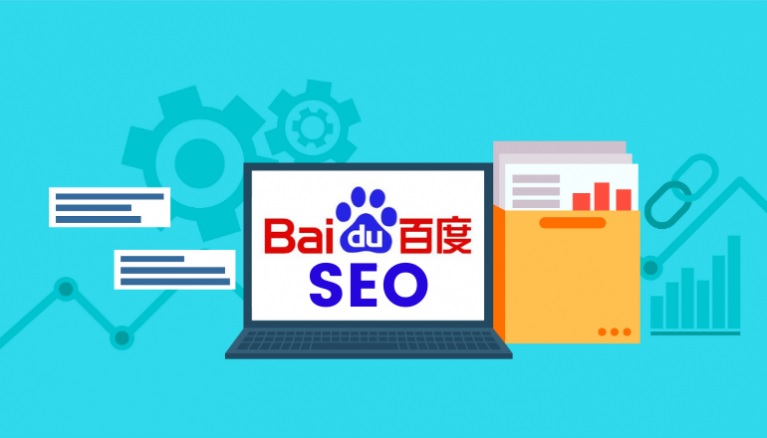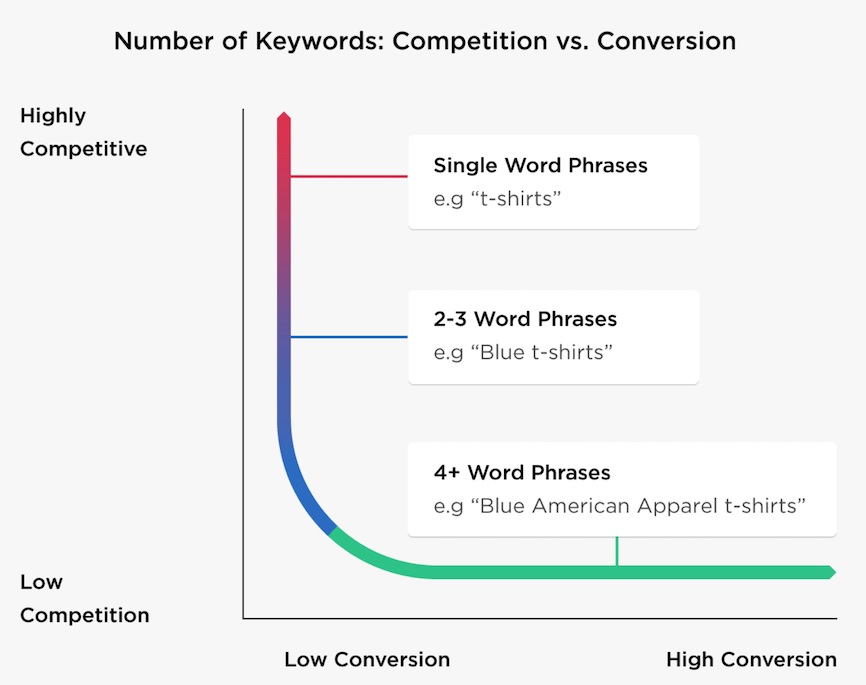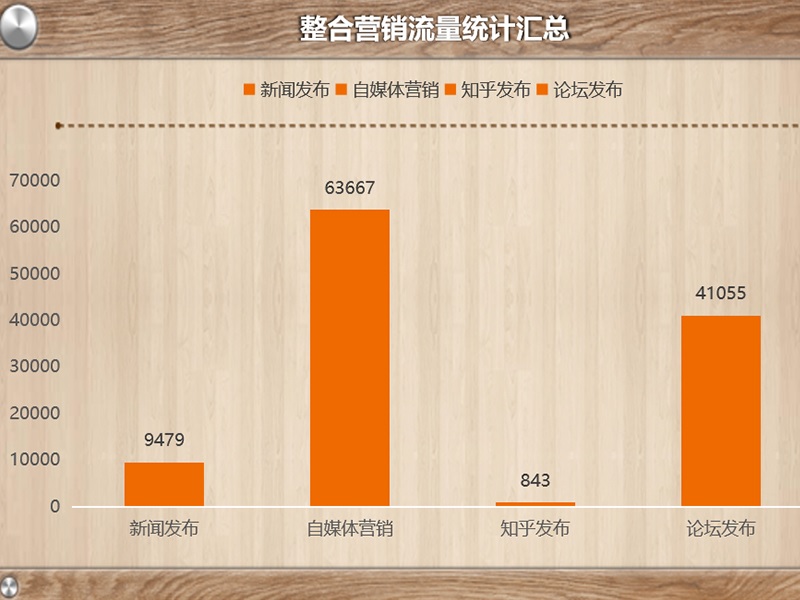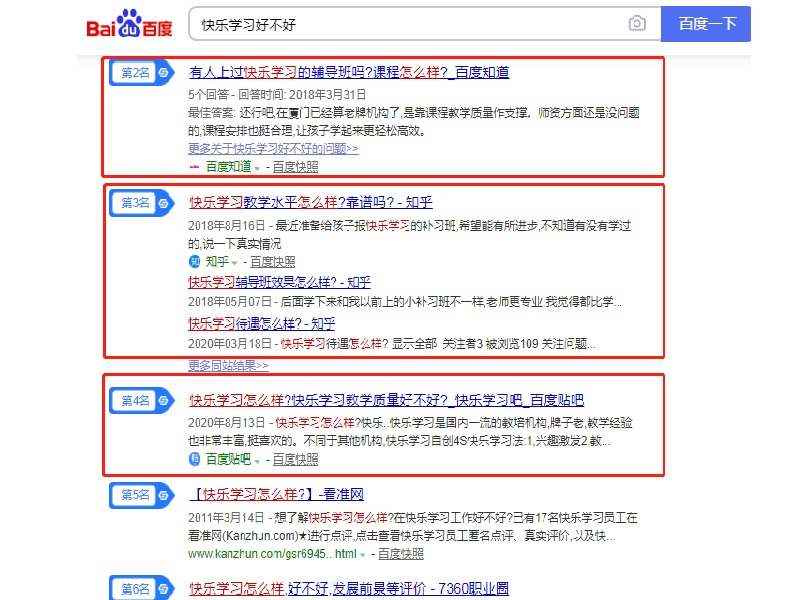
A Complete Guide to Baidu Keyword Optimisation in 2021
| 14 Sep 2021 | Janie z & Irene G | 6 min read |
1. Intro
Baidu, founded by Robin Li and Eric Xu in 2000, is a Chinese technology company most well-known for its search engine. Although Baidu looks like a Google clone at first glance, there are some key differences between the two search engines. (See more on our previous blog article: https://bit.ly/2YWZ9bC) Baidu’s search engine optimisation is a big challenge in a local online market and can be daunting when making your website visible in the market in China.
While Google dominates the global search engine universe, Baidu is the go-to search engine in China, with a market share of over 70%. The functionalities around SEO, SEA, and PPC are like Google with China-specifics.

One of the main reasons Baidu has dominated the market is its ability to parse and interpret Chinese text more effectively than other search engines (such as Google), leading to higher-quality results.
The search engine has the biggest index of Chinese-focused web pages worldwide. The user interface is exclusively available in Simplified Chinese and gives a higher priority to Chinese language sites. Few non-Chinese language sites are indexed or returned in search engine results. In this report, we will show you a guide to Baidu Keyword Optimisation.
2. How to Improve Keyword Ranking
2.1 Baidu Keyword Research
There is an infinite number of search variations that customers can use to discover your offerings; therefore, the first step in any SEO effort should be to figure out which keywords are the most appropriate for your site. This process is called keyword research.
By looking at the associated searches in the dropdown results, you can do keyword research. This works the same way as Google. You could also do the same with Qihoo 360 and Sogou, China’s other search engines to find similarities. Then, inside the Baidu PPC account, you may utilise the Baidu keyword planner, which will appear familiar if you have used the Google Ads keyword planner before.

A four-step process can be applied:
● Step 1 – Brainstorm a List of Stem Keywords
The first step in the keyword research process is to brainstorm potential stem keywords based on your current understanding of the site you are optimising. The list of keywords does not need to be extensive, but it should cover all the website’s business objectives.
● Step 2 – Identify Keyword Demand
Understanding keyword demand is critical because SEOs need to know which keywords their target audience used before creating an SEO strategy. The following are common metrics for determining keyword demand:
Search Volume — The number of times a keyword has been searched for in a search engine within a given time period (typically a month).
Popularity — Expressed with different metrics for each tool. For example, you measure a Search Interest in Google Trends on a 100-point score.
● Step 3 – Analyse Keywords
Understanding keyword demand is critical because SEOs need to know which terms their target audience used before developing an SEO strategy.
After understanding which keywords are used by the target audience, SEOs analyse which keywords will help the website achieve its business goals. The historic data of how target audiences engaged with the website can be helpful for this purpose.
● Step 4 – Prioritise and Choose Your Targeted Keywords
By this step, you will now have a list of keywords with demand, value, and competitive metrics. Use this criterion to pick target keywords and prioritise. Target keywords should be popular, valuable, low competition, and available.
2.2 Grasp the Optimisation Time of Long-tail Keywords
You cannot do Long-tail keyword optimisation in the early stages of the website, and the index and volatility of long-tail keywords are big problems. Therefore, the optimisation time for long-tail keywords should be within three to six months after the website goes live.

Generally, if the new site is carefully maintained, it will be stable in about three months, and then you can optimise the website for long-tail keywords. Six months after the site has left the ranking of new sites, long-tail keywords can already bring traffic. But if you do it after six months, the benefits will be three months late. Time is money, so you should minimise your optimisation time.
2.3 Technical and On-page SEO
The goal of Technical SEO is to make it easier for search engine spiders to crawl and index your site’s content. Typical areas of focus for technical SEO include site speed, stability, crawler directives, site architecture, code structure, design, compatibility, and security.
On-page SEO makes it easier for search engines to comprehend what each page is about, allowing you to rank it for relevant content. You should structure your content in an easy-to-digest way and use keywords and appropriate content in key areas of the page.
2.4 Content Marketing for Baidu
To obtain meaningful backlinks that will boost your Baidu keyword rankings, you must generate, distribute, and promote high-quality content for your website. That is the essence of Content Marketing.
How to create content that works for Baidu?
Baidu ranks content higher for trusted sites, regardless of context. If your website has previously ranked well in Baidu, newly produced material with simple keyword targeting can frequently outrank competitors, even if the content has fewer backlinks.
● New Content Every Day
Simply updating website material regularly improves overall rankings, crawling, and indexation performance. We recommend at least one piece of content published on your website every day to keep the website fresh.
● Content-Length
Keeping the length of each article between 200 and 800 Chinese characters is a reasonable target. Baidu may struggle to understand the topic of any article with fewer than 200 words, while thousands of words will take longer. It is also important to note that Baidu has a lower tolerance to excessive keyword density, so do not worry about how many times you have used each keyword and make sure your content flows naturally.
● Use Keyword Research
Conduct keyword research to help you generate content ideas and analyse the potential ROI of content creation. Ideally, keyword research should drive which content you create. Find the best keywords to target, then create new content for each group of keywords with similar search intent.
3. Other Keyword Optimisation Points
3.1 Key Points for Optimising Long-tail Keyword Content
When optimising long-tail keywords, you need to be more attentive than ordinary articles. You roughly divide the main considerations into two points.
You should make the article into the thematic format, and the title should be attractive. Articles in the form of a topic are easier to increase the amount of PV on the website. If the user does not know the content of the keywords it searches, he will probably read more articles.
The article should be logically clear and highlight the key points. Some methods will enhance the article readability, such as including keywords in the title, adding h1, h2 tags to your article, bolding the first keyword in the article, adding alt tags to pictures, and marking key content in bold or italics, etc.
3.2 Baidu Title Optimisation
For search users, the title is the most intuitive display method for a web page and a key factor in attracting users to click on the search results to enter the landing page. Therefore, a good page title meets the needs of users and brings more traffic to the site.
The title is an accurate and concise description of the content of the webpage. For search users, it can help them understand the content and the relevance of the web page. Therefore, the use of high-quality page titles is essential for the website.
-The Principle of the Title
● The website should ensure that each page under the site has a designated title, and different pages of the same site should use different titles.
● The page title should accurately summarise the content of the page and avoid vague and irrelevant descriptions.
● Page titles should be concise, avoid using lengthy titles, and avoid keyword stacking.
● Use the correct symbols in the page title.
-The Composition of the Title
A high-quality web page title can express the purpose of the web page, provide effective guidance, and attract targeted users to click. For titles that meet high-quality specifications, Baidu will give more presentation preferences. You can summarise the title of the Baidu page in the format of “core words + modifiers”, and you should have no more than three modifiers.
-Baidu Title Rewriting Mechanism

To ensure the search user’s experience, Baidu will rewrite some of the page titles that are easy to mislead users, including but not limited to the following situations:
For over-optimised site homepages such as title stacking, Baidu will directly rewrite the title into the site name or company name.
For pages with ambiguous meanings, Baidu will extract key information and add it to the title to ensure that users can obtain effective information immediately.
4. SEO Case Study-A successful Baidu SEO Case Study of Histudy
4.1 Background
Histudy Education Technology Group was established in 2005. It is a large-scale comprehensive education institution for K12 users of all ages, focusing on education, training, and educational product development. The group has three major brands: Histudy, Happy Magic Lion, and Happy Dolphin. It provides excellent subject guidance and quality educational products for all K12 users.

4.2 Marketing Difficulties
● The exposure is not enough, and there are few keywords with rankings. It needs to further display brand and product information.
● News, Q&A, etc. lack case packaging, and brand authority and brand awareness need to be improved.
● The relevance of learning counseling and the brand is not strong enough, and business words need to be expanded at the same time.
4.3 Solution
Network-wide integrated marketing: keywords + content + channels, network-wide layout, integrated resources
● Brand promotion: build the brand foundation and establish the brand image through news, self-media writing, and publishing.
● Word-of-mouth marketing: Combining keywords and product characteristics, write questions and answers on Baidu Q&A, 360 Q&A ,and other Q&A platforms from the user’s perspective to enhance users’ sense of trust.
● Traffic conversion: use Tieba, forums, and other one-question-multiple-answer platforms for communication, promotion, and personal experience sharing. And continue to maintain and update to enhance the user’s sense of trust, prompting users to convert.
4.4 Results through the right strategies
● Impactful Exposure Display

● Top Search Marketing Display & News Marketing Display

5. Conclusion
You have now gained insight into the Chinese NO. 1 search engine – Baidu. When it comes to search strategy, Baidu SEO should always be your top priority. It takes time and effort, but the rewards are worth it.
Need further support with your Baidu SEO strategy? Contact us to learn how we can assist you to rank your Website on the Chinese Search Engine such as Baidu and more about our other SEO services. https://bit.ly/3DEgXIh
| Don’t forget to share this post! |